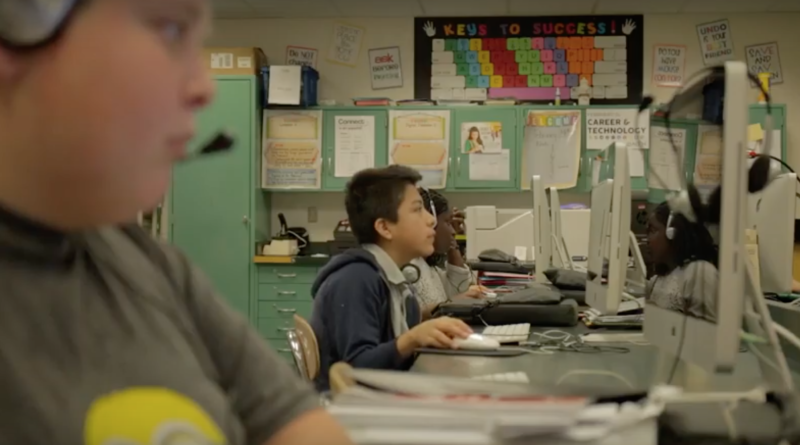Maryland Public School Construction Mulls Funding Options
ANNAPOLIS, Md. — Are we in a school or trailer park? This question might be on the minds of 65,297 Maryland public school students who are being educated in temporary classrooms such as trailers.
According to the Maryland State Department of Education, there is an estimated $23.3 billion in statewide school construction needed through year 2023 and educators want that to be for up-to-date, efficient and innovative spaces, according to the Associated Press.
“Facilities are one thing — we need them. I don’t see us educating in cornfields. They’re just as important as the programs taught,” said Martin G. Knott Jr., chair of the 21st Century School Facilities Commission, which was formed to help alleviate overcrowding in Maryland schools.
The main goal is to alleviate overcrowding and repair antiquated buildings, thus ending an over reliance on portable classrooms. Lawmakers are also keen to invest in modern construction methods.
To address the issues, Maryland Sen. Jim Rosapepe, D-Anne Arundel and Prince George’s counties, proposed a revision of an earlier bill, the Maryland Overcrowding Reduction Act of 2018, which the legislation did not pass last spring. The lawmaker explained to the commission that the $23.3 billion construction estimate — though unaffordable — in not insurmountable. He believes that all 24 jurisdictions in the state should have the ability to build and repair schools at lower costs if the average cost per student was reduced.
Presently, the Maryland Department of Legislative Services, which provides nonpartisan staff support to the Maryland General Assembly as well as other resources regarding public policy issues and the state budget, reports that the average cost for a new public school is $46,000 per student. However, due to changing construction costs in the state, recent estimates per student ranged from $19,000 all the way to $87,000 per student.
Despite the extreme range in costs, Rosapepe contends savings could be achieved by striking services like computer labs from school budgets since students often have their own devices. Rosapepe, however, did not address the possibility that underprivileged students may not have access to such devices and may rely on the computer labs he earmarked for cuts. Regardless, he suggested that removing an entire room (and presumably the technology in it) is one way that schools can be more cost-effective.
The commission also explored how existing structures could be retrofitted as a means of conserving cash and pointed to a former Coca Cola Bottling Plant that is now Baltimore’s Monarch Academy with 990 students on its roster. In addition, the proposed, revised Maryland Overcrowding Reduction Act of 2018 would not require local school systems and governments to opt into lawmakers’ recommendations, including conducting statewide facility assessments as well as streamlining the review process for projects.
Meanwhile, Maryland’s Board of Public Works recently approved $426 million for the construction and rehabilitation of Baltimore City public schools as part of a 21st Century Schools project.

